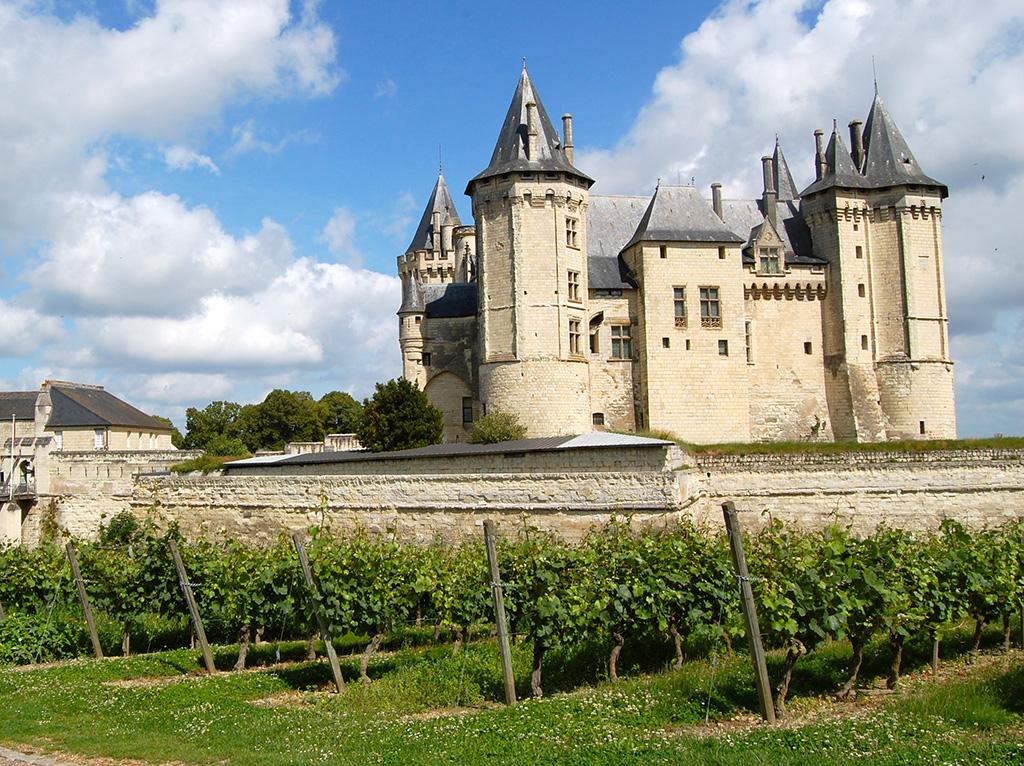This wine-growing region is located on the hillsides of the Loire, the longest river in France. We can devide it into four sections:
The climate is punctuated by many microclimates within each region: oceanic influences in the Nantes and Anjou regions, and continental influences in Saumurois and Touraine. In the central regions, the climate is continental.
The soil is composed of limestone, silica and clay. The total wine-growing area is 172973 acres and is the fourth-largest wine-growing area in France.
In the Nante countryside, Muscadet and Gros Plant are predominant.
Anjou PDO proposes dry or sweet (moelleux) white wines, originating from Chenin ; red wines (initially from Cabernet Franc and Cabernet Sauvignon) but also Coteaux-du-Layon, Quarts-de-Chaume and Bonnezeaux PDOs which offer syrupy white wines, ideal for keeping (and originally from white Chenin). It offers a complex fruity aroma on the palate made of peach, apricot, dried fruit and honey.
Saumurois is composed of Saumur and sparkling Saumur PDOs, which are available in red and still or sparkling white wines ; Coteaux-de-Saumur appellation proposes a dessert white wine with peach aromas; Saumur Champigny PDO is known for its red wines ; Cabernet de Saumur PDO produces a dry and semi-dry rosé wine.
Rosé appellations of Crémant and Loire are spread over the whole Anjou, Saumurois and Touraine territories.
The wine-growing area of Touraine spreads over the Indre-et-Loire and Loire-et-Cher departments and offers a great variety of all three wine colours. Vouvray PDO (one of the most renowned in France) is composed of dry, semi-dry and sweet (moelleux) white wines but also of sparkling wines (traditionnal method). Chinon, Bourgueil and Saint-Nicolas-de-Bourgueil PDOs are known for their highly aromatic red wines.
The Eastern region of the vineyard (Nivernais Centre) is known for its white wines (Sancerre, Pouilly-sur-Loire, Pouilly-fumé, Reuilly, Quincy or even Menetou-Salon).
Other Val de Loire and central France appellations produce less well known wines but generally represent a better value-for-money (such as Cheverny, Saint-Pouçain, Côtes-du-Forez, Côtes-Roannaises, Châteaumeillant...)
